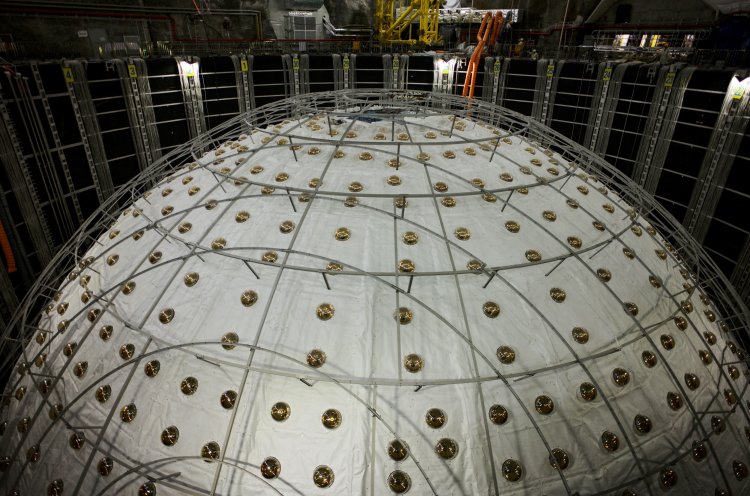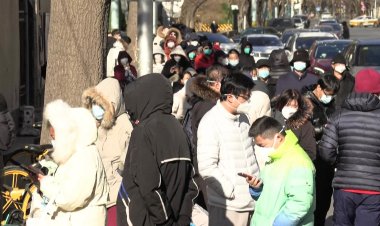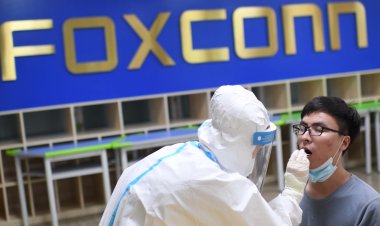China nears completion of $300M neutrino lab

China is finishing construction on its $300 million USD physics research facility located 700 meters underground in rural Guangdong province. The Jiangmen Underground Neutrino Observatory (JUNO) has been under construction for ten years, and in a few months will be sealed off for the next 30 years as it runs experiments and collects data.
JUNO aims to determine which types of neutrinos, which are tiny subatomic particles, have the greatest mass. Neutrinos can pass through normal objects unimpeded and undetected, making them incredibly difficult to research. About 100 trillion neutrinos pass through the human body every second, according to the IceCube Neutrino Observatory research facility at the South Pole in Antarctica.
Standing deputy manager at JUNO Cao Jun says understanding neutrino mass hierarchy will settle a long-standing physics mystery, and is crucial to understanding the fundamental rules of nature.
"One type of neutrino can change to another type of neutrino at flight. So such a special property may have a big impact on nature. How nature works, and how the universe evolves," Cao said.
While immediate applications for the hopeful scientific breakthrough are unclear, multiple countries are vying for cosmic answers through neutrino research. In the U.S., the Deep Underground Neutrino Experiment (DUNE) led by Fermilab began construction seven years ago and has a projected cost of 3 billion USD.
There is much to be learned about the elusive particles, but Chief scientist at JUNO Wang Yifang is confident that China will be first in solving the mystery of which type of neutrino has the greatest mass.
"The one in the U.S. will be six years behind us. And the one in France and in Japan, they will be two or three years later than us. So we believe that we can get the result of mass hierarchy ahead of everybody," Wang said.
Once operating, JUNO will also be used to study astronomical objects, like the sun and supernovas.















